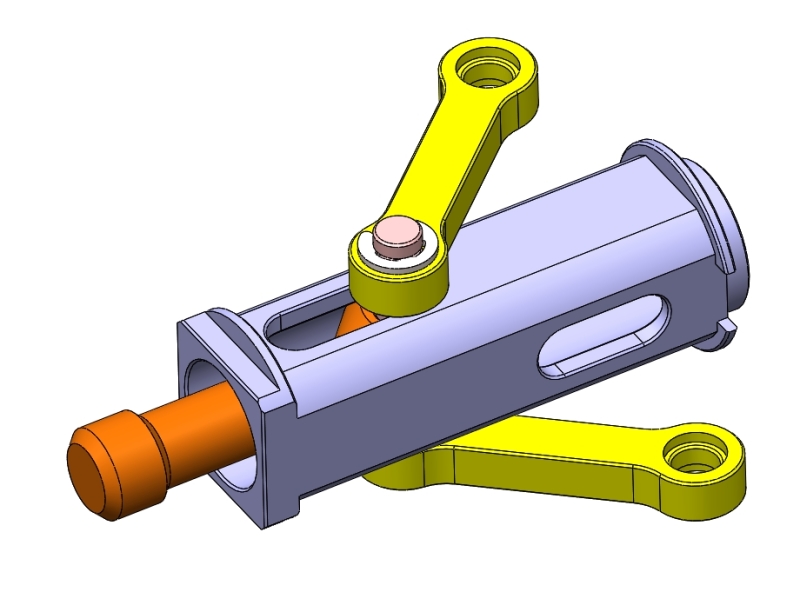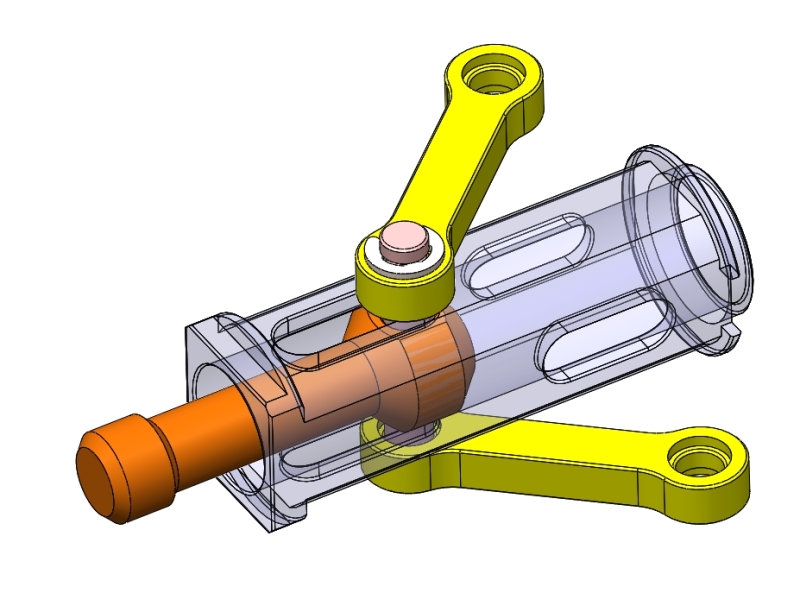Viroos
Mechanical
- Oct 15, 2016
- 23
Hello,
I have to design some miniature stainless steel parts like shafts and linkages which should withstand very high dynamic loads during very short time. Which steel is better: 17-4 PH or 420 SS?
Thanks,
Max
I have to design some miniature stainless steel parts like shafts and linkages which should withstand very high dynamic loads during very short time. Which steel is better: 17-4 PH or 420 SS?
Thanks,
Max


